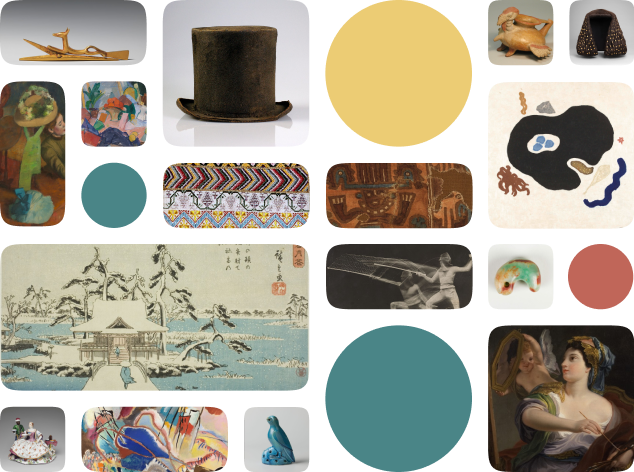Minerva
Creator Name
Cultural Context
Date
Source
About the work
This cheeky porcelain sculpture of Minerva, the Roman goddess of war, depicts the goddess as a plump, playful young woman. Her colorful floral skirt is a far cry from Minerva’s traditional flowing robes. This Minerva is coquettish, not bellicose. Her feather-topped helmet is purely decorative. Her sword and shield are mere props for her to lean on as she flirtatiously emphasizes her hips and rear. She is a product of the late-Baroque era, also called Rococo. This 18th-century style emphasized ornate decoration, curved lines, and asymmetrical ornamentation. Artists at the Nymphenburg Porcelain Manufactory in Munich, Germany made this sculpture. The manufactory continues to produce porcelain into the 21st century.
Metropolitan Museum of Art Object Description
Figure
Work details
"--" = no data available
Title
Creator
Worktype
Cultural Context
Material
Dimensions
Technique
--
Language
--
Date
Provenance
Style Period
--
Rights
Inscription
Location
--
Source
Subjects
Topic
Curationist Metadata Contributors
All Works in Curationist’s archives can be reproduced and used freely. How to attribute this Work:
Nymphenburg Porcelain Manufactory and Franz Anton Bustelli, Minerva, circa 1760–1765. Metropolitan Museum of Art. This depiction of Minerva, the Roman goddess of war, is a playful example of the late-Baroque, or Rococo era. Public Domain.
Help us improve this content!
Let our archivists know if you have something to add.
Save this work.
Start an account to add this work to your personal curated collection.
